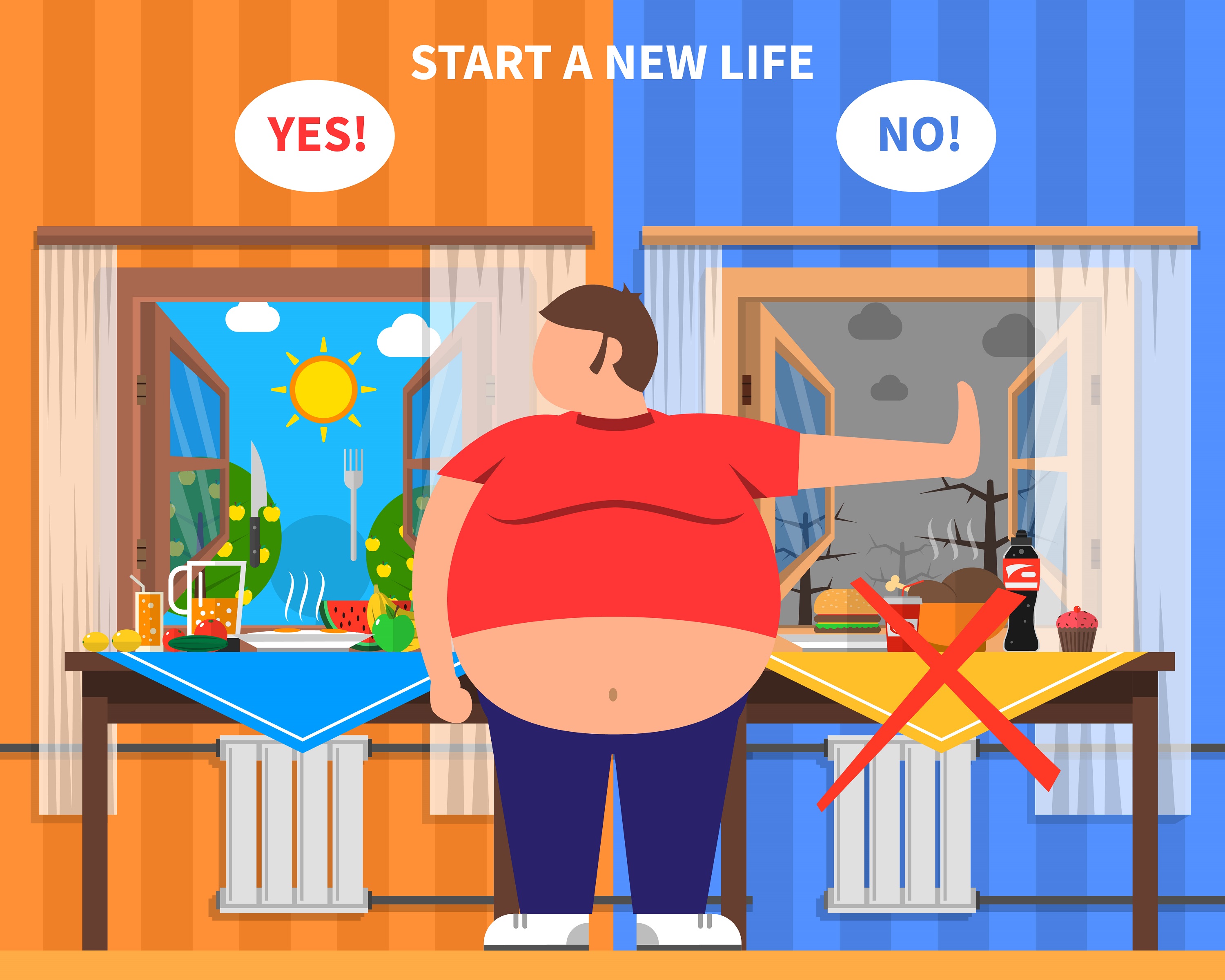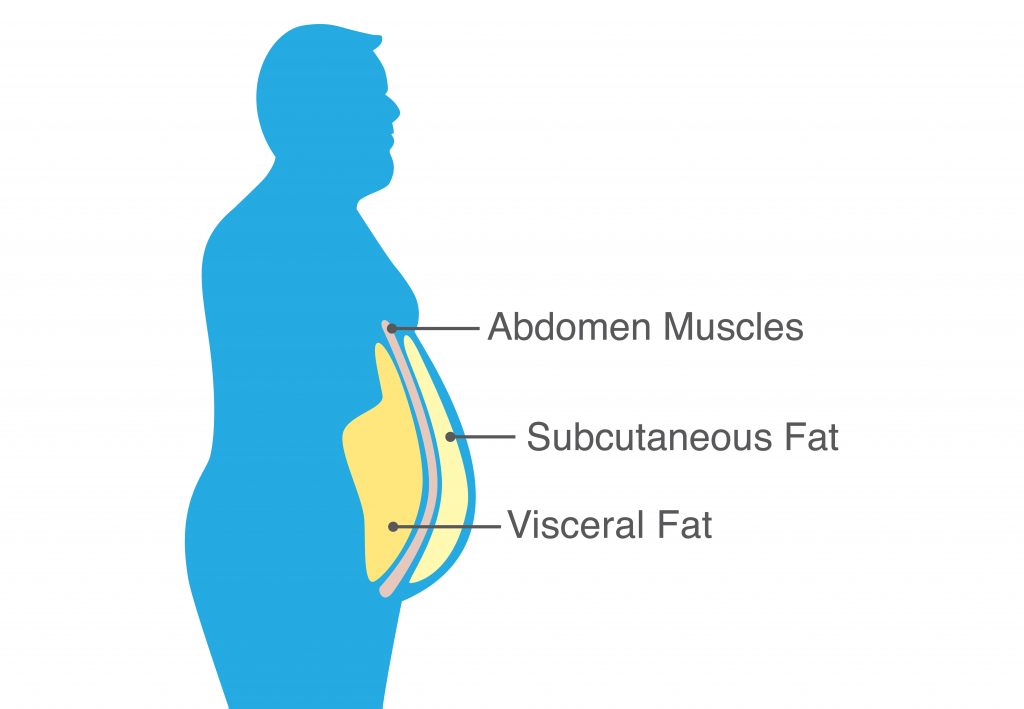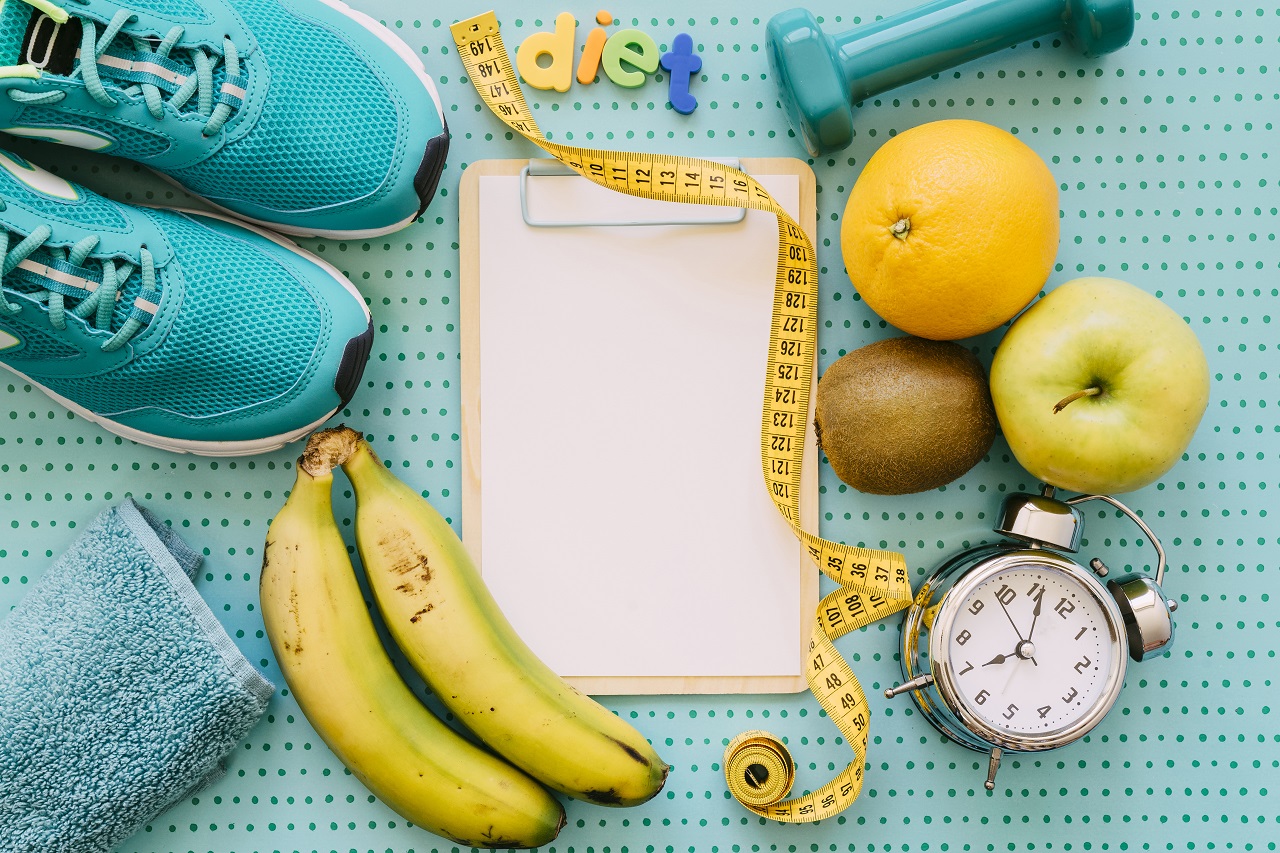 Belly fat! A large section of people in this world are obsessed with their body and more so belly fat. They might be pushing themselves with exercise or following a particular diet plan but are still unable to rid themselves of it. The reasons behind not being able to burn belly fat may be excessive use of sugar and fats. This in turn results in weight gain through development of fats around different parts of the body.
Belly fat! A large section of people in this world are obsessed with their body and more so belly fat. They might be pushing themselves with exercise or following a particular diet plan but are still unable to rid themselves of it. The reasons behind not being able to burn belly fat may be excessive use of sugar and fats. This in turn results in weight gain through development of fats around different parts of the body.
Among all body parts, belly is the most affected area. This is because of the fats. The belly grows quickly and leads to increased health problems. Studies have shown that the human body reacts to increased levels of sugar. Generally, 15 grams of sugar is recommended and not more than that. The question is, can a change in diet impact the belly and other body fats? Let’s explore!
6 Nutritional Tips To Help You Burn Belly Fat
- Reduce Sugar Intake: Reduction in our daily sugar intake should be at a recommended level of 15 grams. This is one of the most effective steps in reducing belly fat through nutrition. Excess of sugar intake is one of the biggest reasons for obesity and diabetes in the U.S.
- Avoid Processed Food: Consumption of processed food items is one of the sources of excessive sugar and fat intake. Try to prepare your food with your hands if you are aware of the ingredients which will be used. Carefully read ingredients used in processed food before you consume them.
- Reduce Bad Carbohydrates: Reduction of carbohydrates is another step to reduce belly fat without exercise. Particularly, avoid consuming fizzy drinks. This is one of the sources of high bad carbohydrates.
- Increase Intake of Fiber: Increased intake of fiber will constraint your need for carbohydrates. Having more of veggies and fruits will help you with good carbs and avoid the intake of bad carbs.
- Eat Raw Vegetables: Eating half cooked or raw vegetables helps you reduce your belly fat. Vegetables are the best solution to fiber requirement. During the day take healthy carbohydrates and at night eat a good meal consisting of proteins/fiber and less carbs.
- Know What to Eat: It is essential that you are aware of what you eat. For example, you can do some research about food items that have rich sources of fibre and healthy carbohydrates. You can then add them to your diet.
We hope this article on how to burn belly fat helps you! Remember that it will only work if you are disciplined and follow the routine religiously. Otherwise, no matter how hard you try, there won’t be any significant change for the better. For more on fat and weight loss, check out Healthy Reads or ask a GOQii Coach directly by subscribing for Personalised Health Coaching here.
#BeTheForce


 एक लाइफस्टाइल कोच और वेट मैनेजमेंट विशेषज्ञ के रूप में, मैं अक्सर लोगों को वजन कम करने के लिए संघर्ष करते हुए देखता हूं। अपने पिछले लेख में, मैंने 11 अन्हेल्थी आदतें जो आपके स्वास्थ्य को नष्ट कर रही हैं, पर अपने विचार साझा किये थे। मुझे उम्मीद है की आपने उन्हें पढ़ लिया होगा, आज मैं कुछ ऐसी आसान आदतें आपके साथ साझा करने जा रहा हूँ जिन्हें अपना कर आप अपना वजन आसानी से कम कर सकते हैं! छोटी-छोटी कोशिशों और अपनी आदतों में छोटे-छोटे बदलाव करके आप अपने वजन घटाने के लक्ष्य को आसानी से हासिल कर सकते हैं।
एक लाइफस्टाइल कोच और वेट मैनेजमेंट विशेषज्ञ के रूप में, मैं अक्सर लोगों को वजन कम करने के लिए संघर्ष करते हुए देखता हूं। अपने पिछले लेख में, मैंने 11 अन्हेल्थी आदतें जो आपके स्वास्थ्य को नष्ट कर रही हैं, पर अपने विचार साझा किये थे। मुझे उम्मीद है की आपने उन्हें पढ़ लिया होगा, आज मैं कुछ ऐसी आसान आदतें आपके साथ साझा करने जा रहा हूँ जिन्हें अपना कर आप अपना वजन आसानी से कम कर सकते हैं! छोटी-छोटी कोशिशों और अपनी आदतों में छोटे-छोटे बदलाव करके आप अपने वजन घटाने के लक्ष्य को आसानी से हासिल कर सकते हैं। When it comes to stress, we often talk about work pressure, personal issues or chronic disease. But there are other elements that influence stress as well. For instance, in your experience, have there been times when you constantly feel tired but can’t explain why? You feel overwhelmed by situations you could handle easily? Do you find yourself drained of energy you may have enjoyed once upon a time? Have you struggled to get out of bed in the mornings even after sleeping for long hours? If this sounds familiar, there is a chance that you are suffering from something called ‘Adrenal stress” or “Adrenal Fatigue”. Simply put, your adrenal glands may be under-performing. All that chronic stress you have been masterfully coping with has finally caught up! Your adrenal glands are responsible for supporting you and sustaining a level of vigilance. Adrenal Stress happens when they show signs of strain.
When it comes to stress, we often talk about work pressure, personal issues or chronic disease. But there are other elements that influence stress as well. For instance, in your experience, have there been times when you constantly feel tired but can’t explain why? You feel overwhelmed by situations you could handle easily? Do you find yourself drained of energy you may have enjoyed once upon a time? Have you struggled to get out of bed in the mornings even after sleeping for long hours? If this sounds familiar, there is a chance that you are suffering from something called ‘Adrenal stress” or “Adrenal Fatigue”. Simply put, your adrenal glands may be under-performing. All that chronic stress you have been masterfully coping with has finally caught up! Your adrenal glands are responsible for supporting you and sustaining a level of vigilance. Adrenal Stress happens when they show signs of strain.


